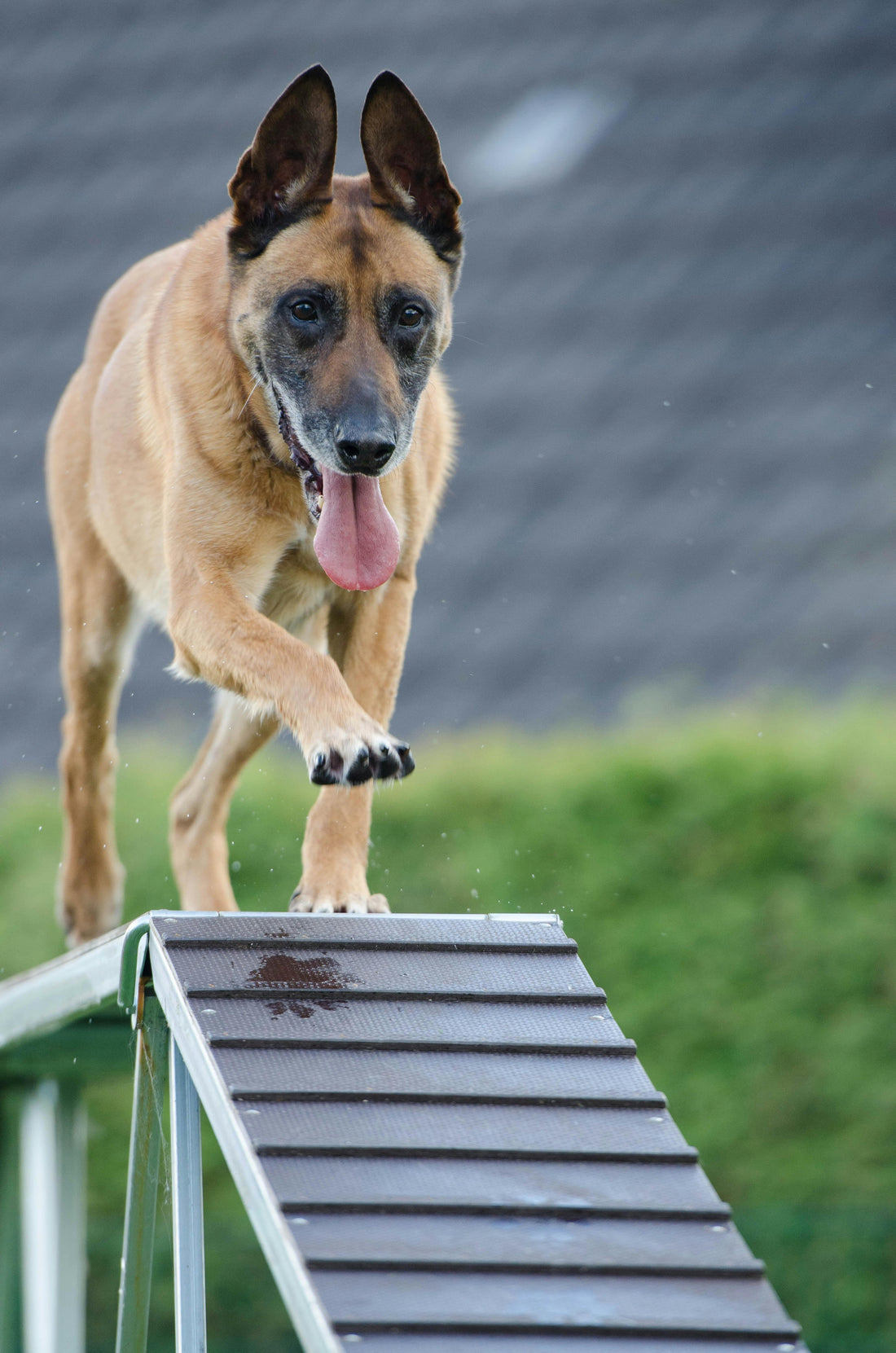
Unlocking Canine Potential: Effective Training for Every Dog
Share
Mastering Dog Training: Building a Strong Bond Through Positive Techniques
Training your dog is one of the most rewarding experiences you can share with your furry friend. Not only does it help ensure their safety and good behavior, but it also deepens the bond between you. Whether you have a new puppy or a rescue dog adjusting to a new home, effective training sets the foundation for a happy and harmonious life together.
In this blog post, we’ll explore the fundamentals of dog training, essential techniques, common challenges, and tips to make the process enjoyable for both you and your dog. By the end, you’ll feel confident to embark on your training journey or refine your current methods.
Why Train Your Dog?
Training isn’t just about teaching commands—it’s about communication. Dogs are intelligent and eager to learn, but they rely on clear signals and consistent expectations from us. Here’s why training matters:
– Safety: A well-trained dog is less likely to run into dangerous situations, like traffic or aggressive animals.
– Good Behavior: Proper training curbs unwanted behaviors like excessive barking, chewing, or jumping on guests.
– Mental Stimulation: Training engages your dog’s brain, preventing boredom and the behavioral issues that come with it.
– Strengthened Bond: Working together builds trust and deepens your connection.
– Social Skills: Training helps your dog interact politely with other dogs and people.
Key Principles of Effective Dog Training
Training dogs is both an art and a science. Here are some core principles that can make your efforts successful:
1. Positive Reinforcement
– Reward desired behaviors with treats, praise, or playtime to encourage your dog to repeat them.
– Avoid punishment or harsh corrections; instead, redirect unwanted behaviors.
– Timing is critical: reward your dog immediately after the desired action so they associate the reward with the behavior.
2. Consistency
– Use the same commands and signals every time you train.
– Make sure all family members follow the same rules and training techniques.
– Consistency helps your dog understand what’s expected and reduces confusion.
3. Patience and Short Sessions
– Training takes time, especially with puppies or dogs new to commands.
– Keep sessions short (5-15 minutes) to hold your dog’s attention and prevent frustration.
– Regular, short practice sessions throughout the day work better than one long session.
4. Clear Communication
– Use simple commands like “sit,” “stay,” “come,” and “leave it.”
– Pair verbal commands with hand signals to reinforce understanding.
– Always end training sessions on a positive note to keep your dog motivated.
Basic Commands Every Dog Should Know
Teaching your dog these fundamental commands can improve safety and daily life:
– Sit: This is often the first command and teaches your dog to pause and wait.
– Stay: Helps your dog remain calm and in place until you give permission to move.
– Come: Crucial for recall and safety when off-leash or in distracting environments.
– Leave It: Stops your dog from picking up harmful or unwanted items.
– Down: Encourages calmness and control, especially in exciting situations.
– Heel: Keeps your dog walking politely by your side on walks.
Socialization: The Key to a Confident Dog
Socialization is the process of exposing your dog to new people, places, sounds, and other animals. Well-socialized dogs are less fearful, less aggressive, and more adaptable.
– Start socializing early, ideally during puppyhood between 3 and 14 weeks, but adult dogs can learn too.
– Introduce new experiences gradually and in positive ways.
– Use treats and praise to reward calm and friendly behavior during socialization.
– Avoid overwhelming your dog; keep experiences fun and controlled.
– Regular outings to dog parks, pet-friendly stores, and training classes can boost social skills.
Handling Common Training Challenges
Every dog—and dog owner—faces challenges. Here are some typical hurdles and how to overcome them:
Problem: Your Dog Won’t Come When Called
– Practice recall in a quiet, enclosed area with high-value treats.
– Use a happy, excited tone to encourage your dog.
– Never punish your dog for coming to you late; make coming to you the best thing ever.
Problem: Excessive Barking
– Identify triggers: boredom, anxiety, or territorial behavior.
– Teach the “quiet” command by rewarding silence.
– Increase exercise and mental stimulation to reduce boredom.
Problem: Pulling on the Leash
– Use a no-pull harness or head halter to manage pulling safely.
– Stop walking when your dog pulls and resume only when the leash is slack.
– Reward your dog for walking beside you calmly.
Problem: Chewing and Destructive Behavior
– Provide plenty of appropriate chew toys.
– Keep valuables and dangerous items out of reach.
– Redirect chewing behavior to toys and reward your dog for choosing them.
Advanced Training: Tricks, Agility, and More
Once your dog masters basic obedience, you can move on to fun activities that build skills and strengthen your bond.
– Trick Training: Teach your dog to shake paws, roll over, or play dead to keep their mind sharp.
– Agility: Set up obstacle courses for exercise and mental challenge.
– Scent Work: Engage your dog’s incredible sense of smell with hide-and-seek games or tracking.
– Therapy or Service Training: For specialized roles helping people in need.
These activities keep training exciting and can help with dogs who have a lot of energy or need extra stimulation.
The Importance of Professional Guidance
If you’re struggling or want to take training to the next level, consider:
– Training Classes: Group classes provide structure and socialization.
– Private Trainers: One-on-one sessions tailored to your dog’s needs.
– Behaviorists: Specialists for serious behavioral issues.
Don’t hesitate to seek professional help—it’s an investment in your dog’s happiness and your peace of mind.
Tools and Supplies for Training Success
Having the right tools makes training smoother:
– Treat pouch to keep rewards handy
– Clicker for clicker training (a clear sound marker)
– Variety of treats, including high-value ones for tough commands
– Leash and harness suited to your dog’s size and breed
– Training mats or designated spots for “place” commands
– Toys to reward and engage
Final Tips for Long-Term Success
Training isn’t a one-time event; it’s a lifelong journey.
– Practice commands regularly, even after your dog has mastered them.
– Keep sessions positive and fun to maintain enthusiasm.
– Be patient with setbacks; dogs learn at their own pace.
– Celebrate small victories and progress.
– Tailor training to your dog’s breed, age, and personality.
Conclusion: A Rewarding Journey
Training your dog is a powerful way to build trust, improve behavior, and ensure their safety. With patience, consistency, and positive reinforcement, you can shape a well-mannered companion who’s a joy to be around. Remember, every dog is unique—what works for one may need adjusting for another. Stay curious, keep learning, and enjoy the special moments training creates between you and your furry best friend.
📘 Ready to take your dog training to the next level? Download "The Ultimate Dog Training Handbook" for expert tips, detailed guides, and everything you need to raise a happy, well-trained dog.
